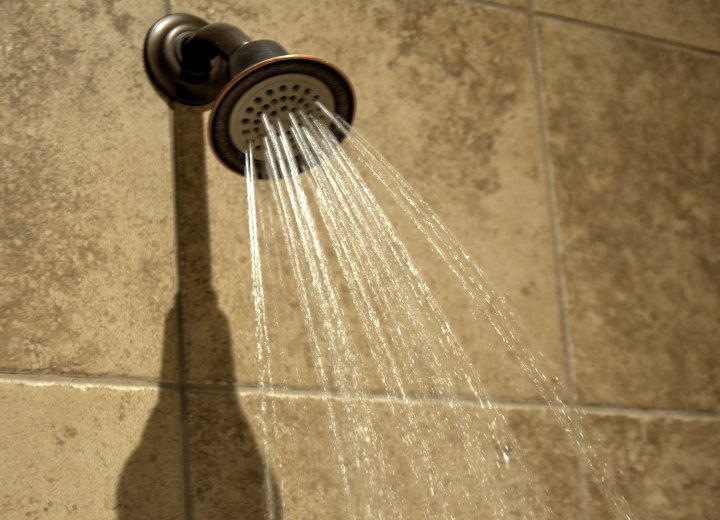Well Water and Hair Problems

However, I've noticed that my hair is gradually turning reddish, particularly in my ponytail area. I've tried several products that friends and my wife's hairdresser recommended, but nothing seems to be working. I really love my white hair - what's left of it anyway - but this color change is really bothering me. I'm actually considering cutting my hair short, which I really don't want to do. Is there anything you can suggest to help me get my natural hair color back?
The culprit behind your hair's color change is most likely the mineral content in your new well water, particularly iron. While well water can contain various minerals including calcium, magnesium, copper, silica, and even trace amounts of lead, iron is the primary mineral responsible for causing that unwanted reddish or orange tint in light-colored hair. Even small amounts of iron can build up over time, creating noticeable discoloration, especially in white or gray hair where the changes are more visible.
What makes this particularly tricky is that different wells can have vastly different mineral compositions, even in the same general area. The well at your previous homes might have had lower iron content or a different mineral profile altogether, which explains why you never experienced this problem before. Factors like the depth of the well, local geology, and seasonal water table changes can all affect the mineral content of your water.
The iron in your well water essentially acts like a weak dye, gradually depositing onto your hair shaft with each wash and building up over time. This process is accelerated by heat from blow dryers or styling tools, and the ponytail area is often most affected because that section of hair tends to be older and may have more accumulated damage to the hair cuticle, making it more porous and susceptible to mineral absorption.
Before you consider any drastic measures like cutting your hair, there are several approaches you can try. First, you might want to have your well water tested to determine exactly which minerals are present and in what concentrations. This information can help you choose the most effective treatment approach and might also alert you to any potential health concerns.
For treating the discoloration itself, there are specialized clarifying shampoos designed specifically for removing mineral buildup from hair. These products work differently from regular shampoos because they contain chelating agents that bind to metal ions and help lift them from the hair shaft. Look for shampoos that specifically mention removing iron, copper, or mineral deposits. Some of these products are formulated for daily use, while others are meant to be used weekly or as needed.
Deep conditioning treatments designed for mineral-damaged hair can also be helpful. These products often contain ingredients that not only help remove mineral deposits but also work to restore moisture and shine to hair that may have become dry or brittle from mineral exposure. Some treatments combine both clarifying and conditioning properties in one step.
Another important consideration is prevention. Installing a water softener or whole-house filtration system can help reduce the mineral content of your water before it reaches your hair. While this represents a larger investment, it can prevent future buildup and may also improve the feel of your skin and the longevity of your appliances. Even a simple shower filter can make a noticeable difference and is much more affordable than a whole-house system.
©Hairfinder.com
See also:
The effect of hard water on hair
Hair and hard well water
Highlights, well water and brassy hair